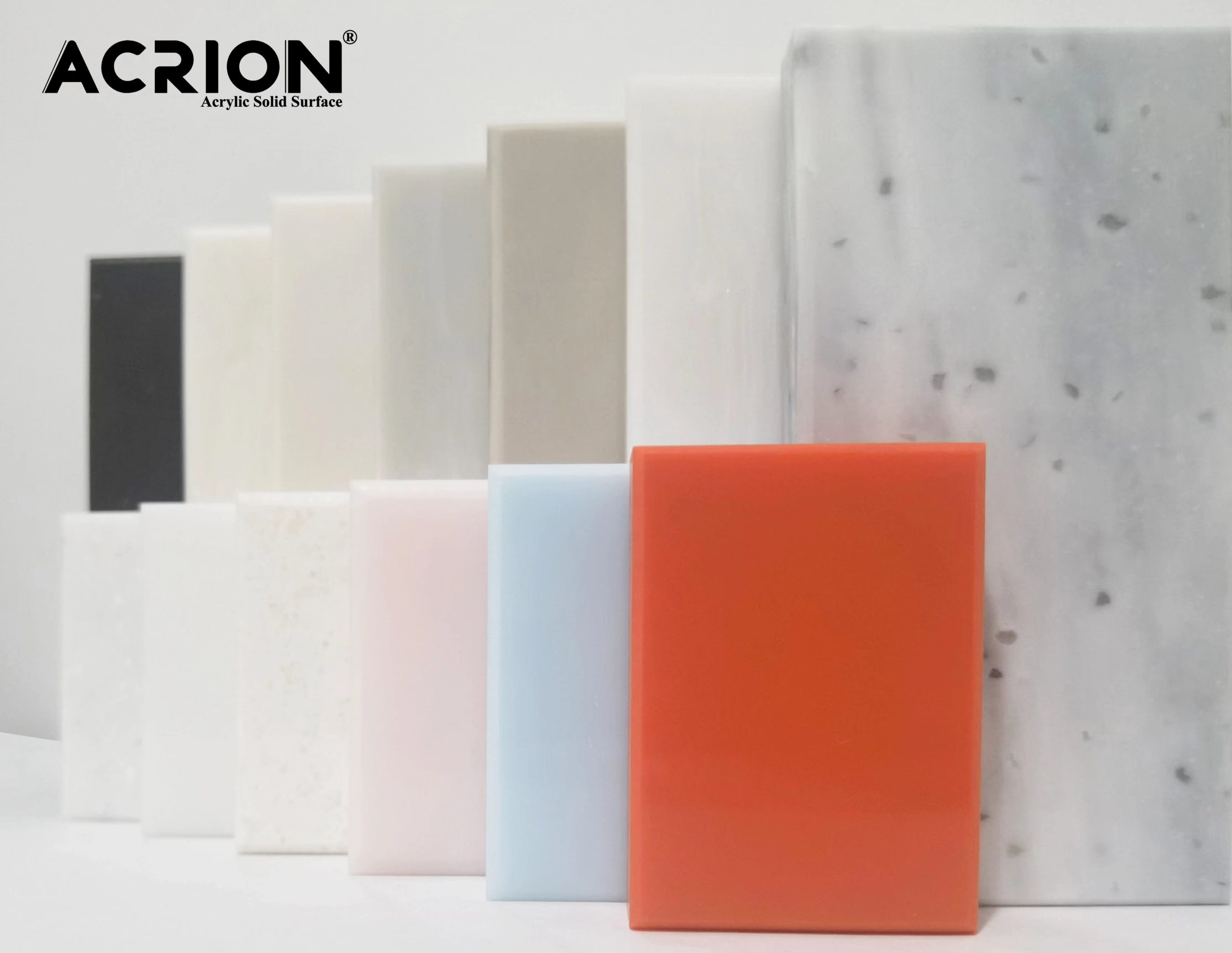Effective Methods for Repairing Worn Corian Countertops
Corian countertops are prized for their seamless appearance and durability, but daily use can lead to surface wear over time. Fortunately, Corian’s solid-surface composition allows for effective at-home repairs. This guide provides detailed techniques to restore worn areas without professional equipment.
Light Surface Wear Restoration
Identifying Minor Wear Marks
Shallow scratches and dull spots caused by abrasive sponges or utensils typically appear as white lines. These marks remain superficial and don’t penetrate deeply. Test by running your fingernail across the area—if it catches slightly but doesn’t form a groove, the damage is surface-level.
Basic Sanding Technique
For minor wear, start with 400-grit wet/dry sandpaper wrapped around a rubber block. Dampen the surface and sand in circular motions, gradually expanding the area to blend repairs. Check progress frequently—stop when the scratch is no longer visible. Rinse thoroughly to remove residue.
Progressive Polishing
Switch to 600-grit sandpaper for intermediate polishing, repeating the circular motions. Finish with 1200-grit sandpaper to refine the surface. For polished finishes, apply a non-abrasive polishing compound with a soft cloth in small circles to restore shine. Matte finishes require only light buffing after sanding.
Deep Wear and Gouges Repair
Assessing Damage Depth
Deep gouges exceeding 0.5mm require a more intensive approach. These typically result from sharp impacts or heavy objects. Check if the wear has dulled the surrounding area’s sheen, indicating the need for progressive polishing after initial sanding.
Filling Technique
For gouges deeper than 1mm, use a two-part epoxy filler matching your countertop’s color. Mix components as directed and apply with a plastic spatula, slightly overfilling the groove. Let it cure for 24 hours in a well-ventilated area.
Multi-Stage Sanding Process
Begin sanding the filled area with 220-grit sandpaper to shape the filler flush with the surface. Progress to 400-grit, then 600-grit, maintaining a wet sanding technique to prevent overheating. Always sand beyond the filled area to ensure seamless blending. Finish with polishing compound for polished finishes.
Alternative Restoration Methods
Using Stone Enhancers
Stone enhancers can effectively restore worn surfaces by filling micro-scratches and enhancing color. Clean the area thoroughly, then apply the enhancer in a continuous motion using a spray bottle or cloth. Work in sections to ensure even coverage. Allow it to dry completely before wiping away excess with a microfiber cloth. This method works best for uniform wear patterns.
Heat-Assisted Reshaping
For minor indentations, heat can temporarily soften the Corian surface. Use a hairdryer on low heat, keeping it 6-8 inches away from the surface. Gently press the indentation upward with a wooden block while applying heat. Avoid overheating, which can cause discoloration. This technique is suitable for small, shallow dents and requires careful control.
Professional-Grade Polishing
For extensive wear or to achieve a factory-like finish, consider renting a dual-action polisher. Use a foam polishing pad with a non-abrasive compound, working in small sections at low speed. Keep the pad moving to prevent heat buildup. This method restores shine quickly but requires practice to master. Always test on an inconspicuous area first.
Preventative Maintenance Tips
Daily Cleaning Habits
Wipe spills immediately with a pH-neutral cleaner to prevent staining. Avoid abrasive pads—opt for soft sponges or microfiber cloths. For dried-on residue, soak with a warm water and dish soap solution before cleaning. Regular cleaning prevents buildup that can accelerate wear.
Protective Measures
Use trivets for hot pots and cutting boards to prevent thermal and mechanical damage. Place felt pads under small appliances to avoid scratching during movement. Regularly inspect countertop edges, as these areas are more prone to chips. Applying a silicone-based protectant annually can enhance resistance to stains and scratches.
Long-Term Care
Schedule a professional deep clean and polish every 1-2 years, depending on usage. For DIY maintenance, apply a non-abrasive cream polish quarterly to maintain luster. Always test new cleaning products on an inconspicuous area first. Avoid leaving acidic substances like lemon juice or vinegar on the surface for extended periods.
By following these detailed methods, homeowners can effectively repair and maintain Corian countertops, ensuring they retain their beauty and functionality for years. Regular care combined with proper repair techniques will keep your surfaces looking factory-fresh.
